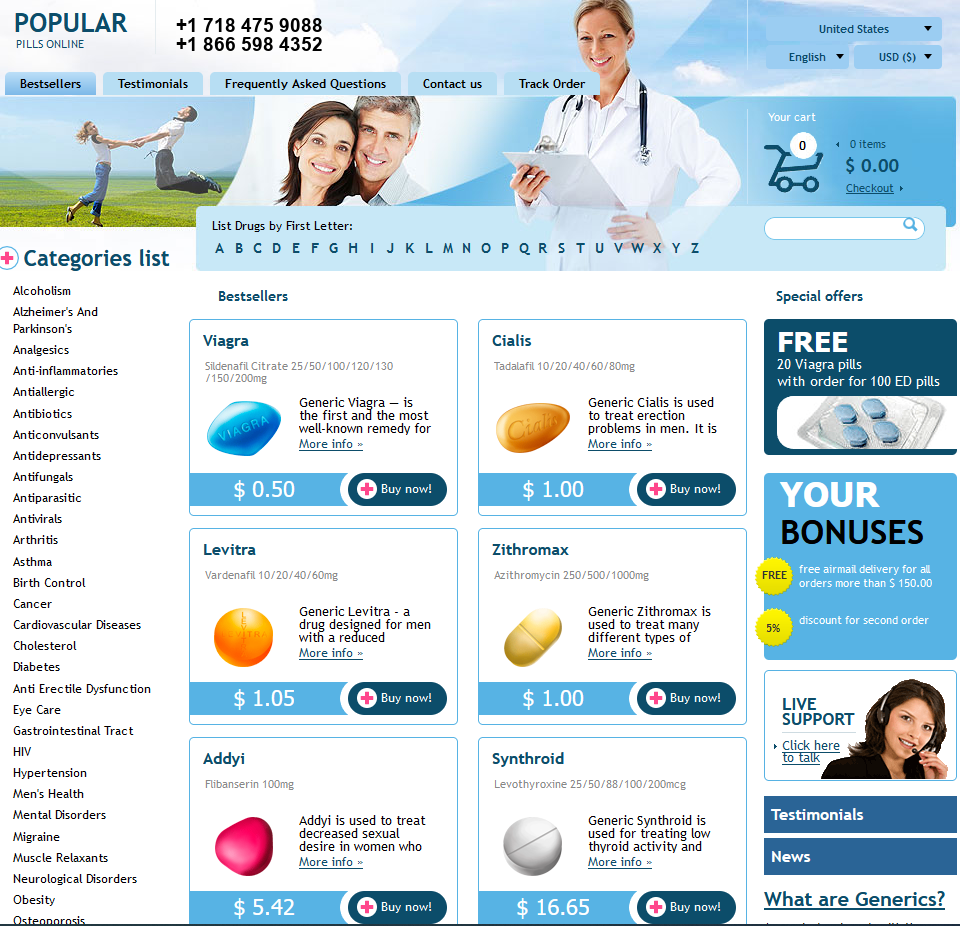Click HERE To Buy Toradol Online ↓
 Toradol Injection Vs. Oral Tablet: Pros and Cons
Toradol Injection Vs. Oral Tablet: Pros and Cons
Toradol Injection: Fast Relief When Time Matters
Imagine being struck by intense pain after surgery or an acute injury—waiting for relief isn’t an option. This is where the injectable form of ketorolac, also known as Toradol, steps in. Administered directly into the muscle or vein, it is designed to work within minutes, bypassing the digestive system entirely.
For emergency departments and post-operative care, speed matters. Intramuscular or intravenous administration means the medication enters your bloodstream rapidly, providing a swift therapeutic effect compared to oral tablets. This is why medical professionals often choose this route when time is critical.
| Administration Route | Onset of Action | Typical Usages |
|---|---|---|
| Injection (IM/IV) | Within 30-60 minutes | Acute pain, post-surgery, ER |
Healthcare providers value this immediate action for managing moderate to severe short-term pain when oral medication simply won’t work fast enough.
Oral Tablet Convenience: Popping a Pill on the Go

For those managing pain outside a clinical setting, the Toradol tablet offers unmatched ease and accessibility. There’s no need for injections or trips to a healthcare provider—just a glass of water and a single pill can bring needed relief. The tablet fits neatly into daily routines whether you’re caught at work, in transit, or relaxing at home, freeing you from the disruptions that injectables might cause.
Plus, oral Toradol tends to feel less intimidating than needles, making it a preferred choice for people wary of injections. This form is especially practical for ongoing pain management over a few days, delivering reliable relief when you’re on the move.
Side Effects Showdown: Comparing Risk Profiles
When it comes to managing pain, side effects can make or break your treatment experience with toradol. Those receiving the injection may notice a quicker onset of relief but might also be at higher risk for local reactions like swelling or soreness at the injection site. In contrast, the oral tablet form is gentler on the site of administration but may increase the likelihood of gastrointestinal issues such as stomach pain or indigestion.
Both toradol forms share risks like kidney concerns and elevated blood pressure, which is why they’re not intended for long-term use. Ultimately, understanding these distinctions helps patients weigh the benefits against potential drawbacks.
Duration and Strength: Which Lasts Longer?

When it comes to rapid pain control, a Toradol injection often takes center stage, delivering powerful relief in as little as 30 minutes. The injectable form is especially prized in emergency or postoperative settings, where its strength acts swiftly to tame moderate to severe pain. Although the effects of the injection do not typically last as long as the oral tablet—often subsiding within four to six hours—the intensity of relief can make a significant difference when time truly matters.
On the other hand, the Toradol oral tablet offers a more gradual onset, with pain reduction usually felt within an hour of ingestion. However, the tablet’s effects can linger slightly longer, lasting up to six to eight hours. While not as immediate or intense as the injection, its longer duration makes the oral form favorable for ongoing pain management.
Suitability for Different Pain Conditions
Some pain situations call for rapid, targeted intervention, while others benefit from gentler, longer-lasting support. Toradol injections shine in acute, severe pain—like post-surgical discomfort or kidney stones—where swift relief is crucial, and the patient may not be able to take medications by mouth. In contrast, oral Toradol is best for moderate pain that can be managed at home, making it more practical for ongoing conditions like musculoskeletal injuries.
Choosing between these forms often hinges on the type, severity, and setting of the pain. The table below provides a quick comparison to highlight which form may work best in various clinical scenarios.
| Pain Situation | Injection | Oral Tablet |
|---|---|---|
| Post-Operative Pain | Highly Effective | Moderately Effective |
| Renal Colic (Kidney Stones) | Preferred | Not Typically Used |
| Chronic Musculoskeletal Pain | Rarely Used | Suitable |
Accessibility and Cost: What You Should Know
For many, cost and convenience can tip the scales when choosing between a Toradol injection or oral tablet. Injections are often administered in clinical settings, resulting in higher expenses due to facility and professional fees. Insurance may or may not fully cover these additional costs, leaving patients with a steeper bill.
In contrast, Toradol tablets are generally more affordable and widely available at local pharmacies. With a simple prescription, patients can pick up oral medication and manage their pain at home, saving both time and money.
However, certain restrictions apply to both formulations. Pharmacies may not always stock injectables for home use, and some insurance plans require prior authorization for either form. Weighing accessibility and price helps ensure the right choice for your unique needs.

